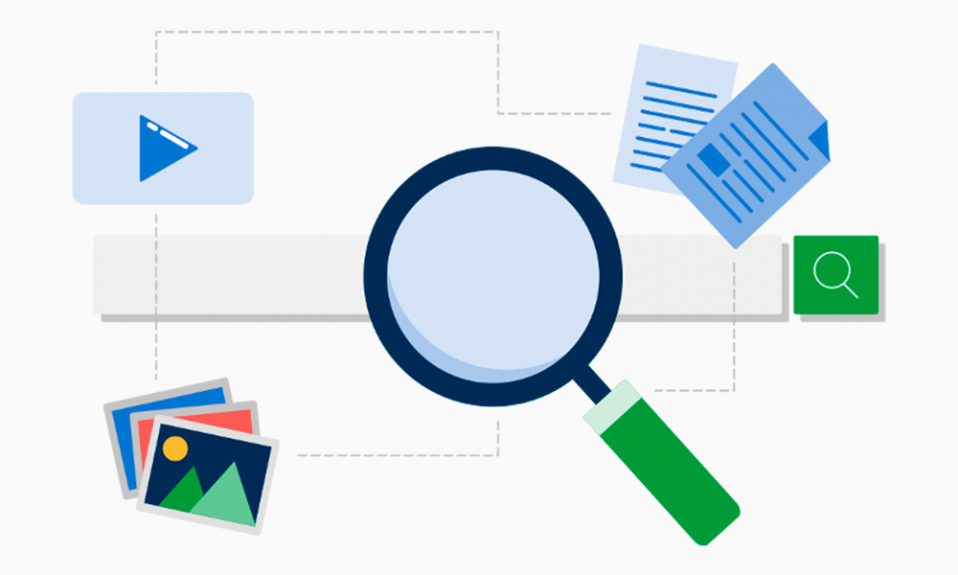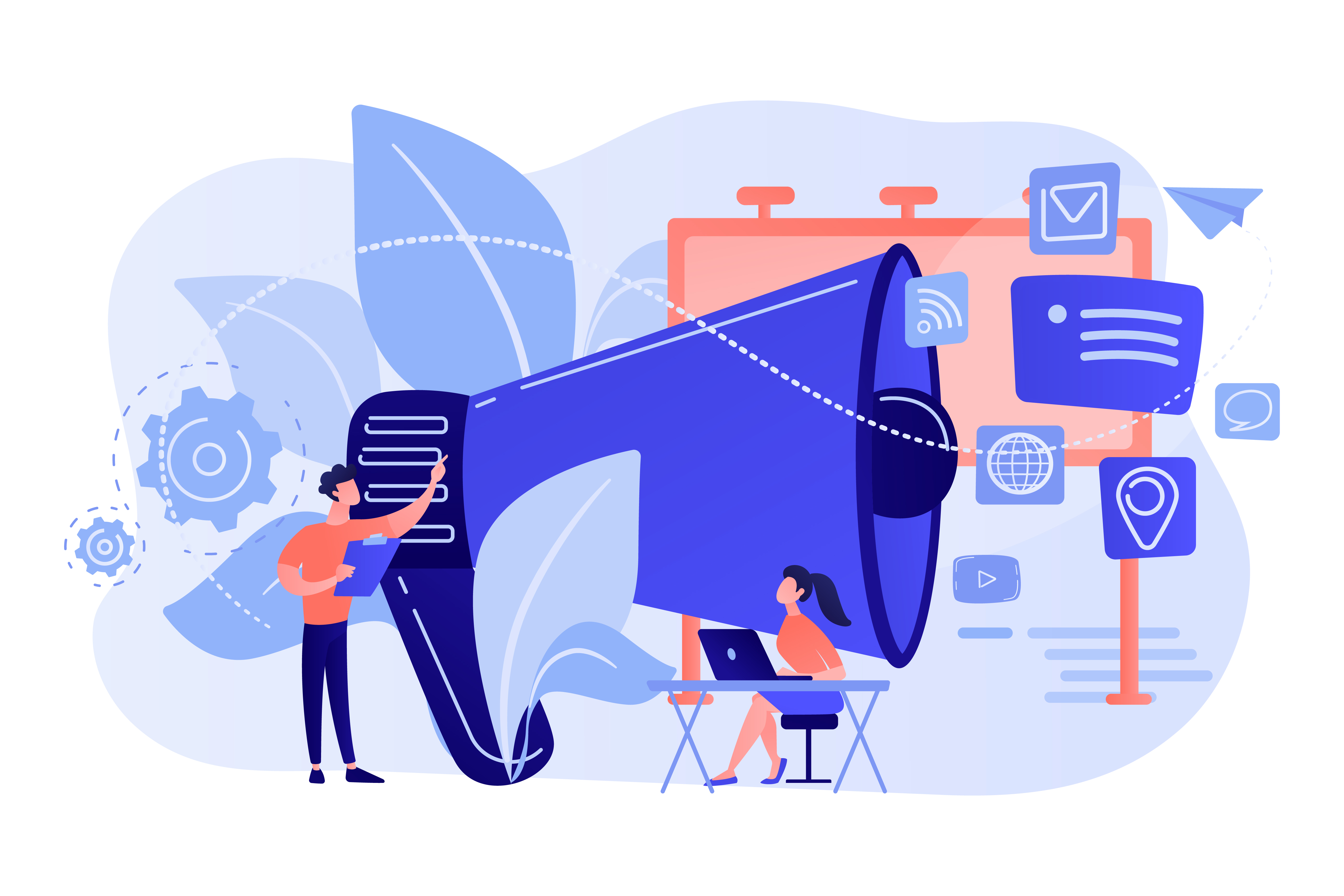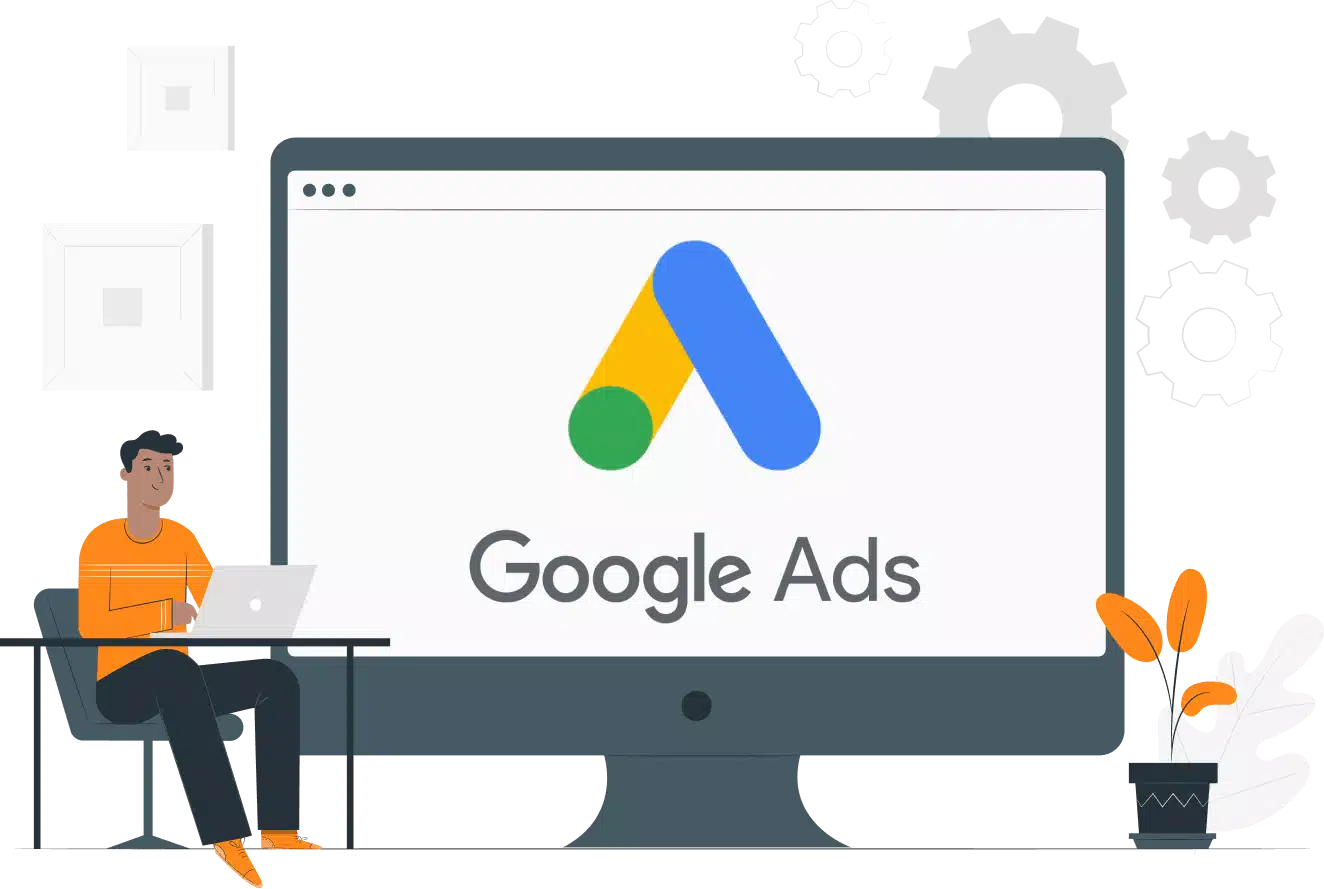10 Best Practices To Master Your eCommerce Search Engine Marketing
SEM is one of the most crucial methods in planning your marketing efforts. It can be a great way to reach potential customers, attract new people, increase your website traffic, increase your brand awareness, and position your brand in a very good place in people’s minds and in the marketplace.
SEM, or search engine marketing, is the collective process of promoting a website in both paid and organic search results. For many e-commerce businesses, SEM serves as the main engine of business expansion and customer acquisition.
In this article, you will find multiple ways and tips to master your eCommerce business search engine marketing to achieve the objectives and results you need.
10 Best Practices For eCommerce SEM
- Ad Extensions
- Enhanced Targeting
- Personalization is Key!
- A Landing Page That Converts
- Use Google Analytics
- Cost-Effective Planning
- Clicks Vs. Impressions
- Let It Be a Cookie-Free
- Using Consent Mode!
- Automate it!
10 Best Practices To Master Your eCommerce Search Engine Marketing
Here is how you can improve and master the art of SEM for your eCommerce. Explore a punch of the best practices in 2023 that you can use to boost your SEM strategy:
1- Ad Extensions
Ad extensions are extremely important. They are extra information and features you can include in your search ad, such as address information, app links, call buttons, lead forms, photos, etc. Although they are one of the most underutilized techniques for ad optimization, they have the power to improve your chances of getting more search traffic to your website. If you use every one of Google's accessible extensions, you will outperform around 80% of your competitors in the marketplace.
2- Enhanced Targeting

People are different; they have different backgrounds, different objectives, and different reactions to the same stimulants. PPC advertising has long relied on selecting keywords and developing advertisements that relate to the audience's original intent. The same message shouldn't be sent to people with diverse product or service interests or who are in different stages of the sales funnel.
3- Personalization is Key!
As we said in the previous point, people are different, and you can’t talk to them all in the same way. Each one wants to feel special and that the ad is talking to him and only him. Based on their interests, where they are located, and other known and unknown criteria, consumers search for information.
If your brand targets local customers in a specific area, you can try the geofencing strategy. Keep in mind that you need to select your keywords accordingly to your audience's interests and have personalized message content that perfectly resonates. Use AB testing to know what works best for each group of your audience and to get the best results.
4- A Landing Page That Converts
Landing pages are your customers’ first impressions about you and the first impression lasts. Even with the most appealing search ad, you won't get the conversions you actually need until your landing pages appeal to the customers. Here are some points to make sure of while optimizing your landing page for conversions, such as a compelling, informative headline, compelling calls to action, a clever lead capture form, SEO-friendly content, and more.
5- Use Google Analytics
Google Analytics SEM trends have been enhanced to encompass machine learning, artificial intelligence, and better cross-platform connections to aid businesses and brands in gaining more vital detailed information about the efficacy of their marketing and ads. GA4 can identify data trends, such as the increase in demand for a certain good or possible future action your clients might take. This will help you a lot with your future marketing efforts, and also it will help you be cost-effective.
6- Cost-Effective Planning
If you don't watch your paid ads closely, it can easily go out of your budget. Watching and planning your budget closely can help your ads remain cost-effective and can help you achieve more with less spending. Creating a budget-pacing script and setting your daily spending limits can help you stay on budget and avoid overspending.
It is recommended to pause your advertisements for the first 15 days of the month and increase your bids in the second half of the month to make sure they appear highly in search results throughout the entire month (when most competing advertisers will be low or completely out of their monthly budget).
7- Clicks Vs. Impressions
This is the primary metric you should be analyzing when you are doing paid ads. Analyzing impressions and clicks, your decision and detailed analyses should depend fully on the clicks. Impressions are not a very reliable predictor of how well your advertisement is performing; clicks offer far more useful data. It can help you determine whether you need to change your campaign marketing strategy or whether viewers genuinely find your ads intriguing; hence keep it as is.
8- Let It Be a Cookie-Free
As we said before, the first impression lasts, and nowadays, customers value their privacy more than anything else. However, marketers rely to a great extent on cookies, not knowing that it is being planned to have a future with no cookies. For instance, Google and Apple recently made public commitments to turn off tracking cookies so that you are no longer tracked.
This represents a substantial departure from traditional search engine marketing practices. Hence, search engine marketers need to come up with new strategies for advertising after cookies are no longer an option.
Even though a cookie-free internet may initially present some difficulties, it will eventually result in a better setting that respects end-user privacy and fosters more advertising innovation. The technique of adopting strategies to help you convert visitors into customers more quickly and frequently is known as conversion rate optimization.
9- Using Consent Mode!
Well, yes, using consent mode is now available for Google ads. Thinking about your customers’ privacy, this is one thing that you should consider in your SEM. This ensures that Google tags like cookies follow users' permission selections while also enabling marketers to learn more about conversions. When consent mode is activated, advertisers have access to a new tag setting called "ad storage," which regulates cookie activity for advertising purposes, including conversion measurement.
If the user has not authorized the use of cookies for advertising purposes, Google tags will not use cookies for such purposes. This helps create trust between the brand and the customers. Moreover, it helps make the customers more relieved and satisfied when they visit your website.
10- Automate Your SEM Efforts!
Nowadays, automation and AI are the best way to achieve your results sufficiently and easily. Many softwares can take care of your digital marketing strategies and executions, especially your search engine marketing plan! Automation has been a key factor in SEM trends if you want to cut through the noise and handle massive numbers of data.
Despite technology, knowledgeable marketers offer direction and set goals. The tools you select should support your brand's objectives. You can even use search automation for the best results. One of the best tools that can help you with this is Convertedin.


